Life After War: Finding A New Mission
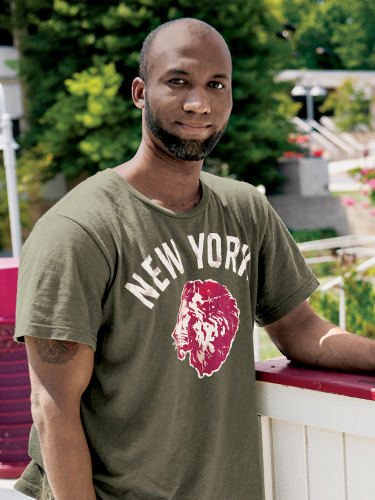
Photo: Sanjay Suchak
“After sitting there for a few minutes,” says Broglin, “the truck starts coming at us, shooting at us. I was terrified. I asked my lieutenant if we were allowed to shoot back.”
Given the order, Broglin aimed directly at the driver and pulled the trigger as a multi-car chase ensued. Minutes later, Broglin watched the truck run into the side of a building. They pulled up to inspect: both men were dead. Searching the vehicle, they discovered guns, ammunition, and explosives. When he examined the bodies, Broglin wondered which, if any, of the shots were his. “I never wanted to be a killer,” says Broglin. “I wanted a family and simplicity, above all.”
Growing up in Gainesville, Florida, Broglin was one of 12 children, including four sets of twins. After 9/11, at age 23, he left two part-time jobs, at jcpenney and McDonald’s, to enlist in the Army. He was the only member of his immediate family to sign up.
“I wanted to make my country proud, make my family proud,” he says. After basic training, PFC Broglin matriculated advancement training: airborne, air assault, and ranger training as a member of the 5th Squadron, 73rd Cavalry Regiment’s 82nd Airborne Division. In August 2006, Specialist Broglin flew overseas to Kuwait, the staging base for coalition forces in Iraq. For six months, the days were predictable and the tour seemed manageable. In November, the heavily armed and highly mobile force moved into Iraq, toward the hostile central and southern regions. Their mission was to search, seize, and capture—insurgents and weapons—and to clear and secure areas for Iraqi civilians and US troops.
Broglin survived in a company that lost 21 of its 150 men during a four-month operation; overall, more than a third were wounded or killed in action. Sniper fire, ambush, improvised explosives, and firefight battles in Baqubah and Turki accounted for the unit’s dramatic attrition.
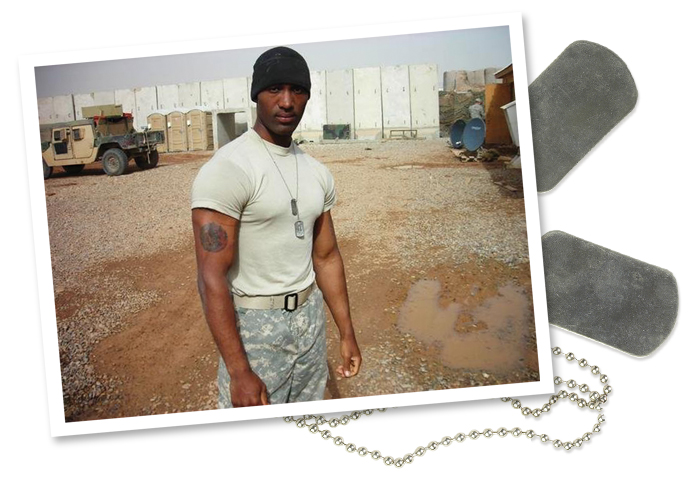
In 2006, Broglin and his company were stationed in Iraq to search, seize, and capture—insurgents and weapons—and to clear and secure areas for Iraqi civilians and US troops.
Broglin is one of two million service men and women returning from the wars in Afghanistan and Iraq. Like the veterans of World War II, they have had to reconnect to civilian life after combat experience. A majority are using their GI benefits to retrain or get a college degree. According to the US Department of Veterans Affairs (VA), nearly 38 percent of veterans using GI benefits attend community colleges.
“The majority had limited education before they entered the military,” says VA vocational rehabilitation counselor Philip Zeidman ’93, “especially those who enlisted right after high school. They know artillery, but they lack transferrable skills or education to obtain meaningful employment.”
Zeidman meets with veterans initially to help them determine their interests and skills. When they find a corresponding educational or training program, he approves it, and they receive funding. Programs must be tied to jobs, and veterans must adhere to all requirements, like maintaining full-time student status and meeting completion deadlines. Afterward, VA placement specialists assist with resumes and employment searches. Zeidman currently has 48 students, including Broglin, attending Montgomery College.
At MC, veterans represent a fraction of the 60,000 noncredit and credit student population. Veteran enrollment in credit classes has increased at all three campuses since August 2009, when the Post-9/11 GI Bill went into effect. The new bill increased funding for college expenses, including a stipend for living expenses for full-time students. By 2011, MC’s contingent of veterans more than doubled from 422 veterans to nearly 900.
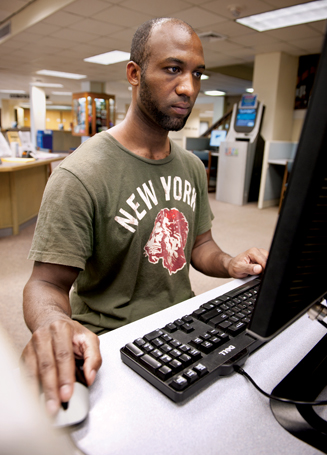
Photo: Sanjay Suchak
Broglin feels well suited to counseling veterans; he knows the emotional and psychological toll that war takes on the spirit. After returning to Ft. Bragg in May 2007 (he was sent home early due to severe heat stroke) and separating from the military in 2008, he struggled to find work, pay rent, and maintain a positive outlook. Diagnosed with post-traumatic stress disorder (PTSD) and depression, he became homeless in Fayetteville, North Carolina; many nights he slept in a dumpster.
One day in 2008, a political volunteer, Shirley McDougle, was trolling for voters and discovered Broglin. When she learned he was a homeless veteran, she insisted on driving him to the local VA office, where he could tap into his veteran benefits. He agreed to go.
Broglin credits Operation Homefront, a nonprofit organization that provides housing for veterans and their families transitioning out of the military, for bringing him to the DC area. Before finding his way to MC, he volunteered for nearly a year with a nonprofit organization, Return 2 Work, where he helped disabled veterans find employment.
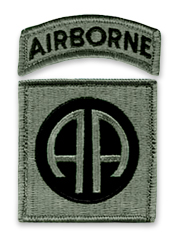
A shoulder patch worn
by all soldiers of the United States Army 82nd Airborne Division. Broglin survived in a company that lost 21 of its 150 men during a four-month operation. Overall, more than a third were wounded or killed in action.
Walking through the Takoma Park/Silver Spring Campus in jeans and a worn T-shirt, the tall, muscular Broglin slips easily into step with other students. At 32, he is almost twice the age of most English 101 classmates, but at community college, he is not an anomaly; the average MC student is 26. But Broglin likes to introduce himself as the grandfather of the class, which always gets a laugh.
“Veterans bring a really interesting perspective to the classroom,” says English professor Victoria Baldassano, who met Broglin last spring in her English 101 course. “Kirk played a really strong leadership role by giving his opinion in a constructive way.
“While many [veterans] have challenges resulting from their military service—physical injuries or PTSD like Kirk—they bring with them incredible discipline,” says Baldassano. “They are focused, able to respond well, and are outspoken in class. They initiate conversations for the younger students who aren’t always used to participating.”
Despite near-constant fatigue from prescriptions and lack of sleep, Broglin completed three accelerated courses last summer term, a difficult feat for any student. Nearing burnout, he opted for a lighter course load for fall, which includes a health course, swimming, and weight training and conditioning.
“I am taking these courses to revitalize myself,” says Broglin, “and to gain knowledge I can carry with me for the rest of my life. It is very therapeutic for my PTSD and depression, helping me feel better through activity, better eating, and healthier lifestyle changes.”
This is Broglin’s second attempt at college; first time around, in 2010, he dropped out at mid-terms in the first semester. In general, stopping-and-starting, or dropping out altogether, is not unusual for student veterans. Department of Veterans Affairs data tracked enrollment of student veterans using GI benefits for education: the average veteran attends college for less than half of their entitlement; only six percent use up the full education and training benefits.
“Military undergraduates can find it difficult to finance their education, manage time constraints, transition from military life to student life, and overcome bureaucratic obstacles,” stated the American Council on Education in its 2008 report, Higher Education: What the New GI Bill May Mean for Postsecondary Institutions.
As students, some vets apply military discipline to their educational pursuits; others drop out without telling anyone what went wrong.
“Veterans are reluctant to ask for things,” says VA nurse and case manager Carol Lukaczer. “This is a group of people who have already succeeded and have done great things. They are not interested in people’s pity or charity.”
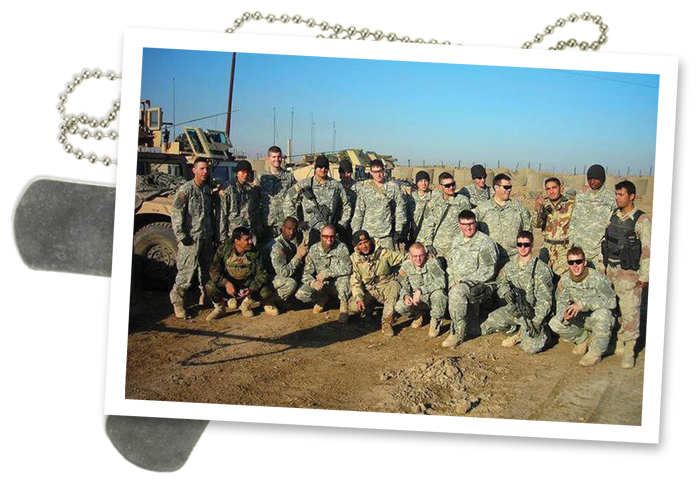
Lukaczer helps veterans reintegrate into the community via the VA Supportive Housing Program. In 2008, the VA partnered with HUD, and began funding housing vouchers for veterans who struggle with chronic homelessness. Though 1,500 names fill a perpetual list of veterans interested in housing assistance in the DC metro region, only 200 vouchers were available in 2012. She began working with Broglin a year ago.
“Kirk is extraordinary,” she says. “His adversities are many, but—like a lot of veterans—his strongest attribute is his heart for service. That is the core of his being.”
Broglin hopes his successes will light the way for others, and show what combat veterans are capable of when given a chance. In addition to numerous nonprofit organizations, counselors, doctors, and family, he credits his faith in God, support from his friend, Rahel, and Skype chats with his young son, who lives with his active-duty mother in Korea, for his progress forward. Being able to accept help has been difficult but necessary.
Success for the long haul, he knows, lies in keeping an open mind and letting go of past mistakes.
“I once heard it said that a wise man learns from his mistakes, but a wiser man learns from other people’s mistakes,” says Broglin. “My experiences have elevated me to another level, and now I can help other people.”
—Diane Bosser
This article first appeared in the fall 2012 issue of Insights.

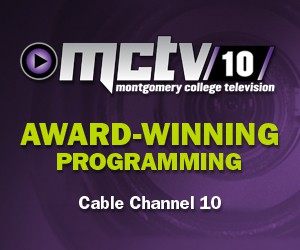


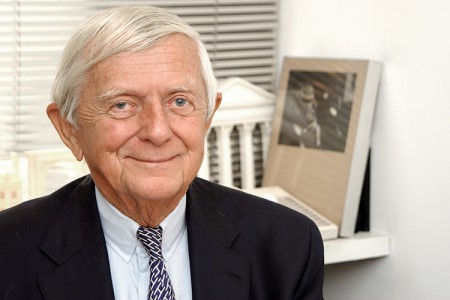

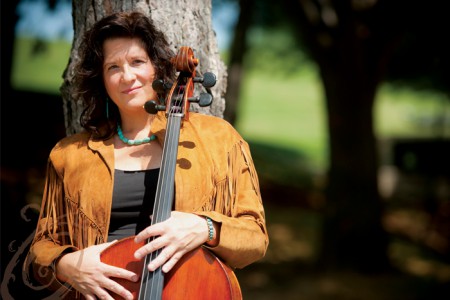

Follow Us